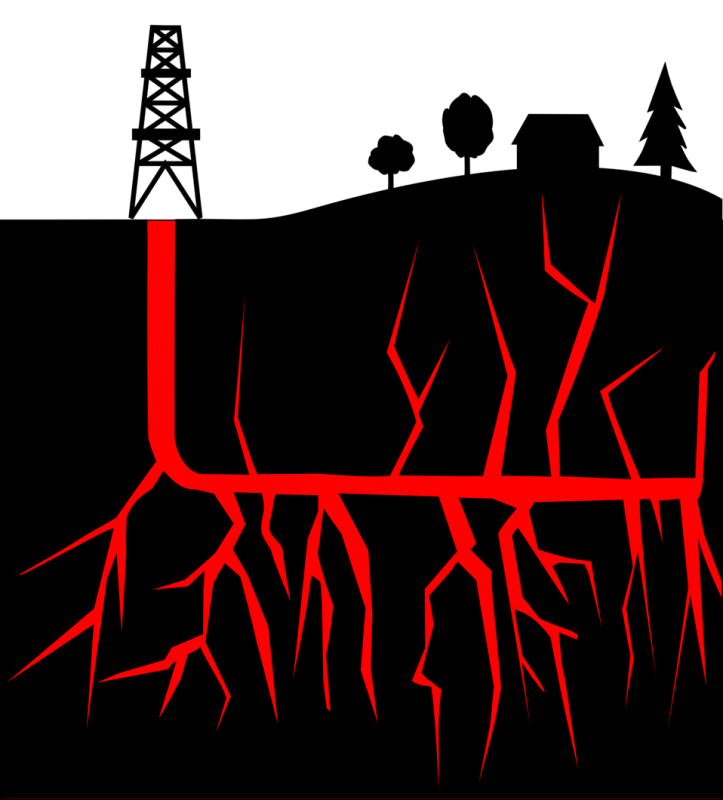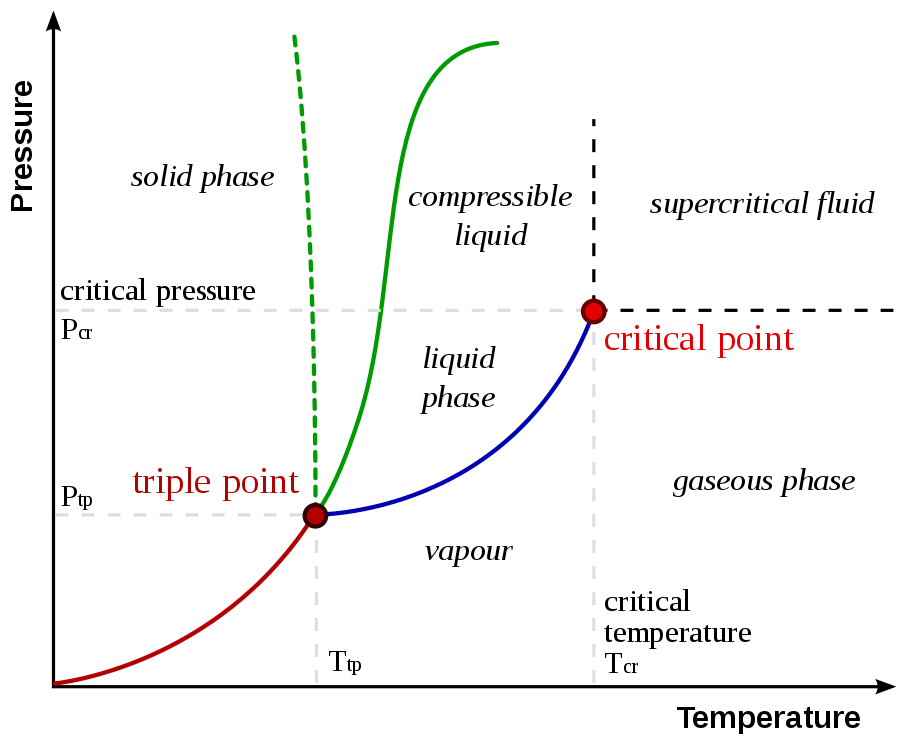Environmentally-friendly Waterless Fracking with Supercritical CO2
Published on by Marina A, Previously Key Account and Content Manager at AquaSPE AG in Technology
Fracking is considered extremely environmentally controversial, but one method can kill two birds with one stone. Actually, the stone will get cracked… but not by water. By carbon dioxide… This will not only save water but reduce global warming.
 Hydraulic fracturing (fracking) uses vast amounts of water to crack the deep-rock formations and collect the natural gas.
Hydraulic fracturing (fracking) uses vast amounts of water to crack the deep-rock formations and collect the natural gas.
As a result, millions of gallons of wastewater are produced.
Considering the water scarcity and the very small amount of fresh water, in comparison to the total amount of water available on earth, this is certainly not the best use of the valuable resource.
It is, however, possible to achieve waterless fracking using supercritical carbon dioxide (CO2).
Supercritical CO2 is in a state between a gas and liquid as it is heated just above the critical temperature (304.25 K) and kept above critical pressure (7.39 MPa).

Image: Pressure-Temperature Phase Diagram with the Critical Point, above which the fluid is in a Supercritical state
Image source: ommons.wikimedia.org/wiki/File:Phase-diag2.svg
CO2 is convenient for this use since its critical temperature is relatively low, it is stable, non-toxic and non-flammable.
Advantages:
The most obvious advantage is saving huge amounts of water by using supercritical CO2 for fracking. This would put an ease on countries with lack of water resources and enable the development of the oil and gas industry in water-scarce countries.
If CO2 is used for fracking, most of it comes out of the well and can be captured and reused.
Some companies are trying to apply wastewater reuse but it cannot be completely achieved, while all the CO2 can be used again.Supercritical CO2 used for fracking creates a better network of fractures. This simplifies the gas extraction process.
Moreover, higher pressures are used than for water so this process produces more oil and gas as they escape easier.Supercritical CO2 extends the well life as there are no “energy barriers” at a microscopic level, blocking the molecules, which happen with water.
In a shale gas deposit, a large fraction of natural gas will stick to the shale and not flow out but carbon dioxide can displace the fuel and fee it from the rock, due to its affinity for shale.
When the life of the well ends, it is sealed up with the CO2 permanently underground, that naturally replaced the methane which was within the rocks. This may greatly contribute to storing the carbon dioxide underground.
Carbon dioxide is one of the biggest contributors to global warming and underground CO2 storing is an important factor in combating climate change.Additionally, if businesses recognize the potential of fracking with CO2, industries might capture carbon dioxide, thus reducing the atmospheric carbon dioxide. This will contribute to lowering the greenhouse effect as heat-trapping will be reduced with the lower amount of CO2 in the atmosphere.
Disadvantages:
Surely, the greatest drawback for CO2 fracking is the lack of infrastructure for it. There are no pipelines that would lead the carbon dioxide to the well.
Carbon dioxide would have to be transported to the site by trucks (more than for water) which draws the question of safe and economical CO2 transport.Reaching pressures high enough for cracking the rocks with CO2 may be difficult as gasses are compressible.
Separating the CO2 from methane adds to costs.
Methane, if it leaks into the atmosphere, could be exceedingly more dangerous in contributing to the greenhouse effect. It could be up to 25 times more potent, but the exact extent of the effect is still not precisely known.
We are still a great way from widely using the waterless CO2 fracking but even fracking opponents are optimistic and see the environmental benefits of using supercritical carbon dioxide for fracking instead of water.
Sources:
Media
Taxonomy
- Water Resources
- Climate Change
- Fracking
- Hydraulic Fracturing Fluids
- Climate Protection
- Greenhouse Gases
- Fracking Technology
- Greenhouse Gases
- Greenhouse Gas Reduction